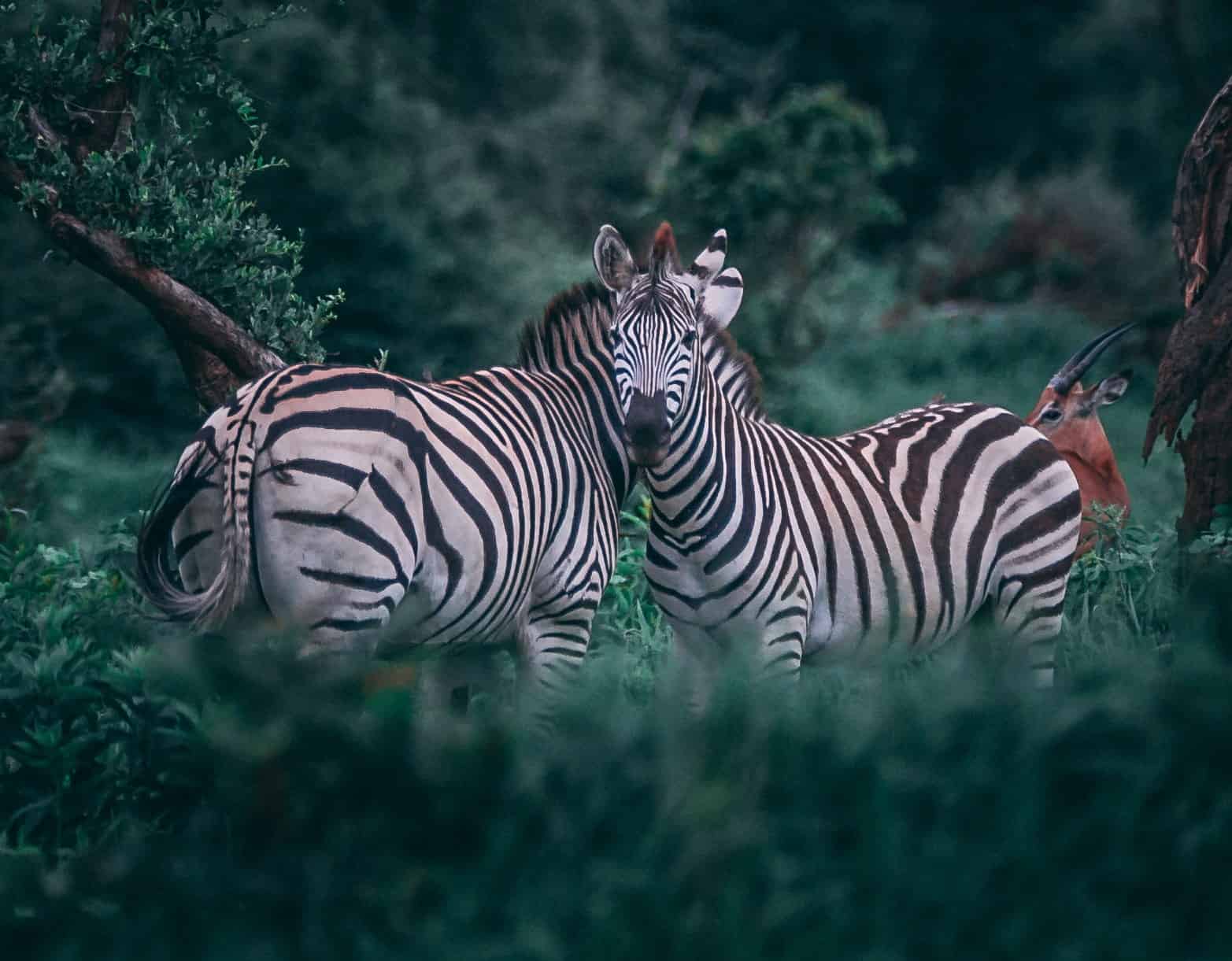
Scientists have developed a new method for collecting data about animal behavior and the animals’ surrounding natural physical landscape using drones and computer vision.
Now picture this: a drone is flying over a herd of plains zebras in central Kenya, high enough that the animals are not bothered by it. The zebras are interesting for collective and spatial behavior studies, as the researchers Ben Koger and Blair Costelloe, who are monitoring the drone, say. This is because the plains zebras live in multi-level societies: small groups of females and males combine to form larger herds of dozens of animals. This social and spatial structure could influence behavioral processes such as decision-making and information sharing and have implications for understanding our own complex societies, researchers from the University of Konstanz and other institutions across Europe explain in a press release.
Overcoming the first, long-standing challenge
Traditionally, it has been very difficult to conduct this kind of research. But new techniques their team has developed using imaging drones and artificial intelligence open up new possibilities.
Behavioral ecologist Blair Costelloe describes the method: “We created an analytical pipeline that lets us take aerial drone footage and extract information about the animals’ locations, movement, and behavior. We can measure their spatial distribution and behavioral states and get rich information about their surroundings, including the 3D structure of the environment.”
Bringing tracking from the lab to the field
Previously researchers mostly got high-precision data sets about animal group dynamics in highly-controlled lab conditions where you could repeat experiments repeatedly. But the team asked themselves: “Could we use imaging drones and new computer algorithms to take the same lab approaches but bring them into the natural landscapes?”
It is possible, but several challenges had to be solved: “We were often recording 20 or more different individuals at a time. Quantifying where each of the individuals is in a single half-hour video observation as a human would take weeks”, Ben Koger explains. “The first challenge was how could we automatically detect the animals we were interested in?” The solution was training powerful deep learning algorithms. The second challenge: The researchers were interested in the animals’ movements, and yet the videos they recorded included animal movement and drone movement and distortions from the hilly landscape they were filming over. All those elements needed to be untangled before they could get meaningful data.
Advantages of the new method
“The power of our image-based method is that it’s a general solution,” Koger says. Since the drones observe the animal group and the landscape, you get a very broad data set, which includes information on the social and environmental context of all animals of the observed group. This is possible because they explicitly model the 3D landscape they are recording.
Therefore, the method can be used in any open landscape and lets researchers explicitly examine the effects of habitat on behavior. “That’s a really powerful approach that has been very difficult so far,” Blair Costelloe says. Another advantage, unlike another common method, is that animals don’t need to be captured and fitted with movement sensors, which can be risky and expensive, especially when working with endangered species such as the Grevy’s zebra.
Potential for use
Worldwide, wildlife populations are declining due to habitat loss, climate change, and other threats. Learning more about how groups of animals behave in complex natural environments can help inform conservation actions and generate new insights into the lives and behavior of wildlife species.
In their paper, the team outlines certain areas of research where their method has a strong potential to generate new insights, such as spatially mediated behavioral processes, multi-animal collective behaviors, and animal-environment interactions.
Selected for you!
Innovation Origins is the European platform for innovation news. In addition to the many reports from our own editors in 15 European countries, we select the most important press releases from reliable sources. This way you can stay up to date on what is happening in the world of innovation. Are you or do you know an organization that should not be missing from our list of selected sources? Then report to our editorial team.






